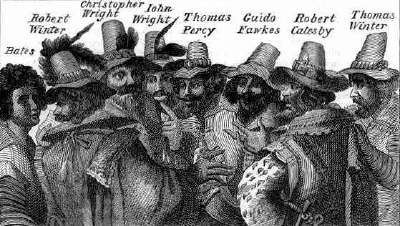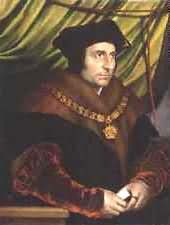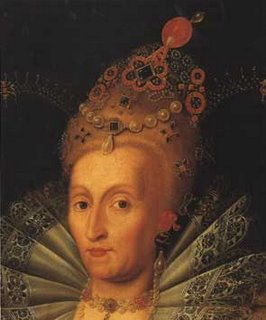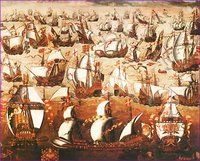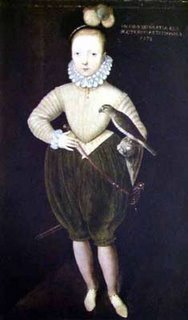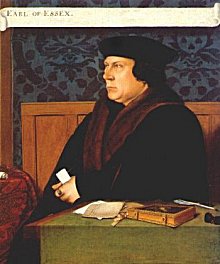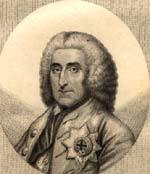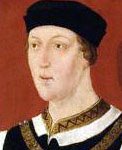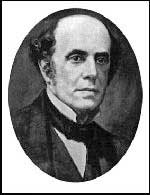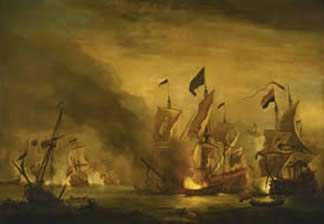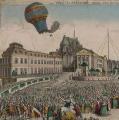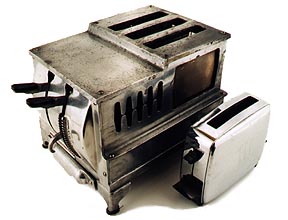A bit of fun for today's post. Googlefight.com enables you to have a little contest between search terms - whoever returns the highest number of google results wins. It is simple but addictive.
Always intersted in the balance of power, Cardinal Wolsey has staged some Googlefights between various Tudor figures, with some interesting results.....
Henry VII starts us off with a respectable 617,000 results, managing to overcome his Yorkist predecessor Richard III on Bosworth field in spite of the latter's superior 2,500,000 Google results.
However (as may be expected) both these are trumped by Henry VIII who wins the overall Tudor Googlefight with an all-conquering 4,690,000 results.
How about the Six Wives? Catherine of Aragon manages 194,000, but the winning combination of beauty and tragedy gets Anne Boleyn 555,000 results. Jane Seymour trumps that on 1,400,000 but of course shares the score with the eponymous actress. Anne of Cleves' appearance seems to have put people off writing about her and she only manages 113,000 hits. Henry's later wives also struggle for attention with Catherine H on 131,000 and Catherine P 125,000.
As for myself, Cardinal Wolsey scores a modest 152,000, but manages to stay ahead of my protegee Thomas Cromwell on 124,000. However we are both well beaten by Sir Thomas More with 395,000 results.
Mustn't forget Edward VI who at least beats his grandad Henry VII with 638,000 results.
Turning to Mary I's time, "Bloody Mary" herself scores an impressive 1,540,000, far ahead of those she did away with: Thomas Cranmer manages 149,000, Lady Jane Grey slightly better on 226,000, and Hugh Latimer a sad 65,000. Clearly martyrdom doesn't guarantee fame on the web.
Mary Queen of Scots gets an impressive 961,000 results, but cannot match her nemesis Elizabeth I on 3,620,000, second only to her father in the rankings.
In Elizabeth's reign it's nearly a dead heat between fellow schemers the Earl of Essex with 224,000 and Robert Dudley on 227,000
Finally, the battle between Elizabethan popular heroes sees Sir Francis Drake on 991,000 trounce Sir Walter Raleigh who has a still impressive 534,000. Clearly beating the Spanish scores higher in the web world than introducing potatoes and tobacco.
